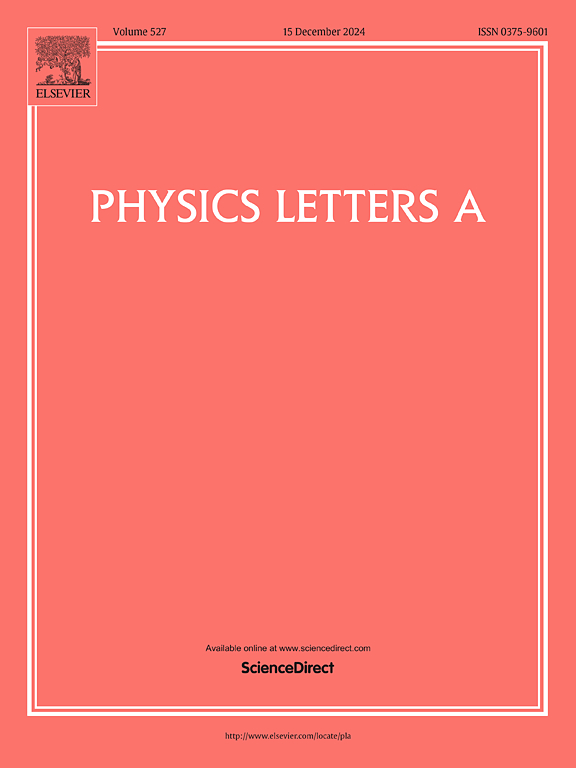环形气孔排列的高灵敏度光子晶体光纤用于宫颈癌细胞检测
IF 2.3
3区 物理与天体物理
Q2 PHYSICS, MULTIDISCIPLINARY
引用次数: 0
摘要
本文设计的光子晶体光纤传感器以表面等离子体共振现象为基本工作原理。在传感器外部涂覆一层金属层,实现表面等离子体共振耦合。采用有限元分析方法确定设计参数并进行性能评定。通过对金层厚度、气孔直径等关键设计参数的分析,确定了最佳设计构型;并确定了实际生产过程中设计参数的公差系数。其次,对传感器的性能进行了分析。测量到的折射率范围为1.370 ~ 1.395,间隔为0.005,传感器具有出色的传感能力,波长灵敏度为36,000 nm/RIU,峰值振幅灵敏度为142.8 RIU-1,分辨率为2.7 × 10-6 RIU。最后将该传感器用于检测宫颈癌细胞的存在,并表现出较高的波长灵敏度,证实了其优异的生物传感能力。由于其结构简单,灵敏度高,分辨率高,本研究设计的传感器非常适合化学和生物医学检测领域的广泛应用。本文章由计算机程序翻译,如有差异,请以英文原文为准。
Highly sensitive photonic crystal optic fiber with annular stomatal arrangement for cervical cancer cell detection
The photonic crystal fiber sensor designed in this paper uses the surface plasmon resonance phenomenon as its basic operating principle. A metal layer is coated over the outside of the sensor to achieve surface plasmon resonance coupling. Finite element analysis is employed to work out design parameters and assess performance. Here, key design parameters such as the gold layer’s thickness and the stomatal diameter are analyzed to identify the optimal design configuration; And defined the tolerance coefficient of design parameters in the actual production process. Next, the performance of the sensor was analyzed. The refractive index was measured in the scope of 1.370 to 1.395 with an interval of 0.005, the sensor demonstrated outstanding sensing capabilities, achieved wavelength sensitivity of 36,000 nm/RIU, a peak amplitude sensitivity of 142.8 RIU-1, and a resolution of 2.7 × 10–6 RIU. In the end, the sensor was used to identify the existence of cervical cancer cells and manifested high wavelength sensitivity, which confirms its excellent biosensing capability. Thanks to its uncomplicated structure, acute sensitivity, and exceptional resolution, the sensor devised in this study is highly suitable for a vast array of applications in chemical and biomedical detection.
求助全文
通过发布文献求助,成功后即可免费获取论文全文。
去求助
来源期刊

Physics Letters A
物理-物理:综合
CiteScore
5.10
自引率
3.80%
发文量
493
审稿时长
30 days
期刊介绍:
Physics Letters A offers an exciting publication outlet for novel and frontier physics. It encourages the submission of new research on: condensed matter physics, theoretical physics, nonlinear science, statistical physics, mathematical and computational physics, general and cross-disciplinary physics (including foundations), atomic, molecular and cluster physics, plasma and fluid physics, optical physics, biological physics and nanoscience. No articles on High Energy and Nuclear Physics are published in Physics Letters A. The journal''s high standard and wide dissemination ensures a broad readership amongst the physics community. Rapid publication times and flexible length restrictions give Physics Letters A the edge over other journals in the field.
 求助内容:
求助内容: 应助结果提醒方式:
应助结果提醒方式:


